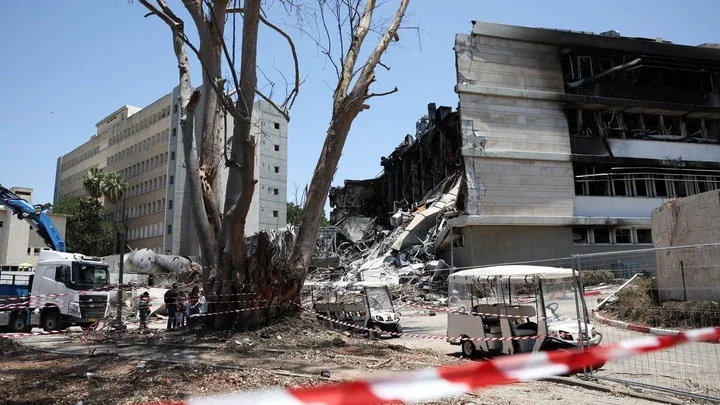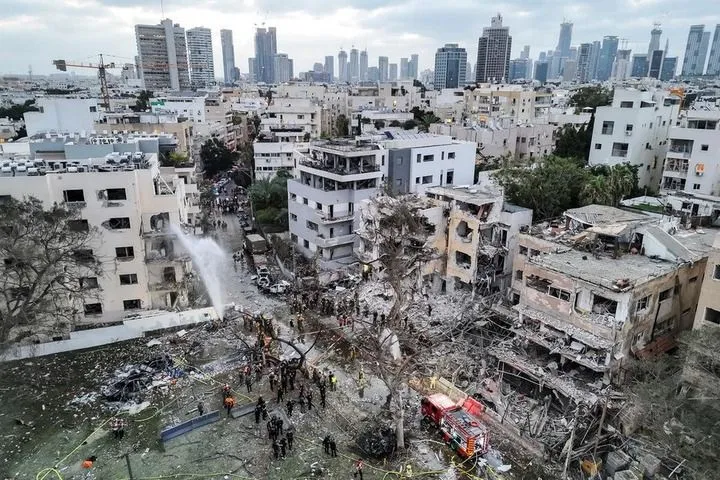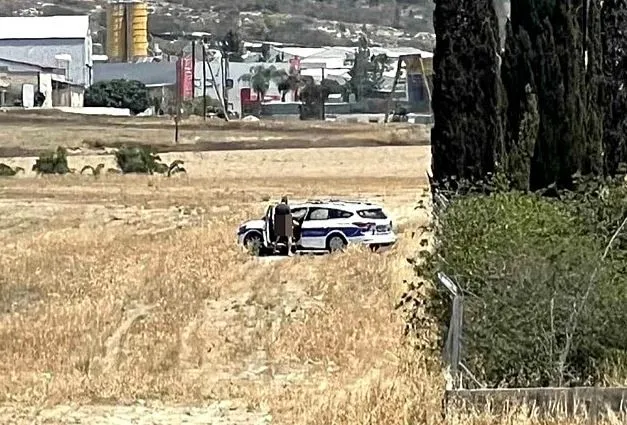On June 18, an unnamed American official told the Wall Street Journal that Israel was running low on its advanced Arrow missile interceptors; the official said the U.S. was also "burning through" its interceptors to defend Israel.

When Israel launched its war against Iran on June 13, it went for an assassination spree in Tehran. Israeli strikes killed Iran's armed forces chief, the commander of the elite Revolutionary Guards, other top generals and at least half a dozen nuclear scientists. Even though Israel's declared objective was to dismantle Iran's nuclear programme, the strikes were aimed at decapitating the Iranian state. In the subsequent days, Israel continued to carry out targeted killings. But if Israel thought such killings would blunt Iran's capability to hit back, it was mistaken.
Iran recovered swiftly from the June 13 shock and replaced the assassinated commanders with new ones. Tehran launched its counterattacks on the same day, firing hundreds of ballistic missiles into Israel and hitting multiple locations, including an oil refinery in Haifa, the premier Weizmann Institute of Sciences near Tel Aviv and the Soroka hospital in Beersheba.
On day three of the war, Israel Defense Forces (IDF) claimed that they have complete aerial superiority over Tehran's skies. The IDF also said they had destroyed at least "one-third" of Iran's missile launchers, while defence officials told local media that relentless air strikes degraded Tehran's counterattack capability. But Iran kept firing dozens of ballistic missiles every day, overwhelming Israel's defence systems. On June 18, an unnamed American official told the Wall Street Journal that Israel was running low on its advanced Arrow missile interceptors. The official said the U.S. was also "burning through" its interceptors to defend Israel. And on June 19 morning, Iran launched another massive strike, hitting multiple locations, including the Soroka hospital.
Air war of attrition?
As both sides continue to trade fire, there are questions on where the conflict is headed. Iran has suffered huge losses. But the government seems to be demonstrating resilience despite the setbacks. Several voices within Iran that were critical of the government and the clergy, including Nobel Prize winner Narges Mohammadi, came out against Israel's war. Israel has operational freedom in Iran's skies, but Iran, which is 75 times bigger than Israel in terms of landmass, possesses thousands of ballistic missiles. Israel wants to destroy Iran's nuclear programme, but it lacks the kind of bunker buster bombs it needs to even attempt to destroy Iran's most fortified nuclear facilities. If an air war of attrition continues, Israel's missile defence systems could come under greater pressure.
Israeli officials are pressing the U.S. to join the war, according to American media. U.S. President Donald Trump has already demanded an "unconditional surrender" from Iran. White House officials say Mr. Trump has not taken a final call, while there are dissenting voices against the U.S. joining Israel's war, even from Mr. Trump's rightwing MAGA base. Iran's Supreme Leader, Ayatollah Ali Khamenei, has ruled out "surrender", and warned of "consequences" if the U.S. joined the war.
This means, Mr. Trump's next decision would decide the course of the war.
One option before Mr. Trump is to rein in Mr. Netanyahu, who launched the war, and bring it to an end. Iran has said it will stop firing missiles if Israel stops the strikes. But if Mr. Netanyahu stops strikes now, with the Iranian government and its nuclear programme still standing, it will be considered a defeat. But if he continues to strike Iran and Iran keeps hitting back, he will be under greater pressure at home. Hence, the focus shifts to the U.S.
If the U.S. joins the war, it would be a major setback for Iran, which until now carefully avoided targeting American bases in the region. Even the Shia militias in Iraq were restrained. But if the U.S. starts striking Iran along with Israel, Tehran is likely to dramatically escalate its responses.
Iran's options
Iran has warned that it would target American bases in the region. The U.S. has some 40,000 soldiers deployed in West Asia. Iran's first target could be American bases in Iraq - a country where Iran has also built a strong network of Shia militias (Hashd al Shaabi). If the U.S. uses its bases in the Gulf to attack Iran, Tehran could target those bases, located across the Persian Gulf, triggering an all-out cross-Gulf conflict.
Another option, according to Behnam Saeedi, a member of the Iranian Parliament National Security Committee presidium, is to shut the Strait of Hormuz, a narrow strait that connects the Persian Gulf to the Gulf of Oman which opens into the Arabian Sea. Roughly 20% all oil trade passes through the Strait of Hormuz. If Iran's Navy closes or mines the Strait, it would significantly impact global oil trade leading to a jump in prices. Houhis, the rebels in Yemen who control much of the country including Sana'a, the capital, could resume targeting oil tankers in the Red Sea and Bab an Mandeb, another narrow strait that connects the Red Sea to the Gulf of Aden, which opens into the Arabian Sea.
A third option for Iran is to abandon the Nuclear Non-Proliferation Treaty (NPT), and cut off cooperation with the International Atomic Energy Agency. The IAEA assesses that Iran enriches uranium to up to 60%, a technical step away from weapons-grade levels of 90%. But the agency has not provided any evidence to suggest that Iran is building a bomb. U.S. intelligence agencies assessed in March 2025 that Iran did not have an active nuclear weapons programme. But if Iran leaves the NPT and its obligations, it is, in theory, free to pursue a weaponisation programme. For example, North Korea left the NPT in 2003 and tested a nuclear bomb in 2006.
But one dilemma Iran faces is that all the options available - hitting American bases, shutting down Strait of Hormuz or withdrawing from the NPT - will only escalate the war further. Iran will likely face a heavier military response from the U.S. As of now, there are no off-ramps.

















Comments